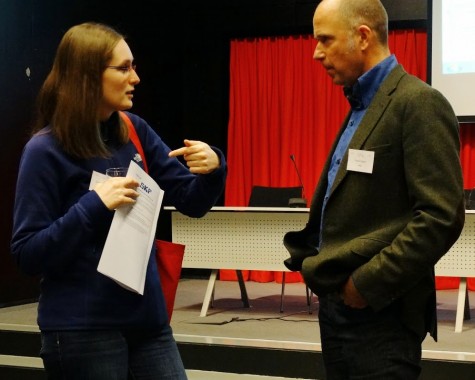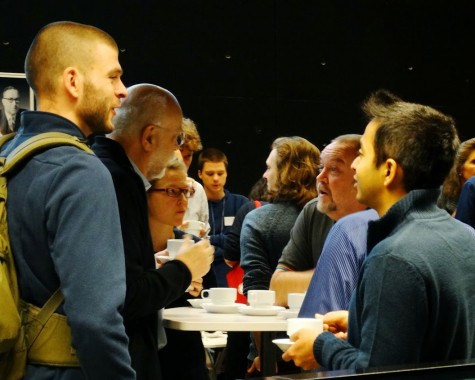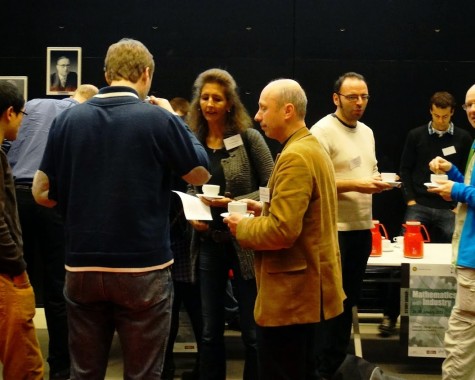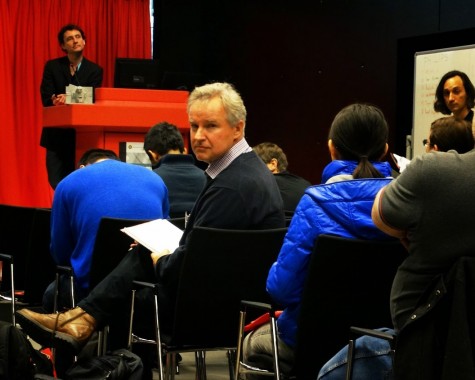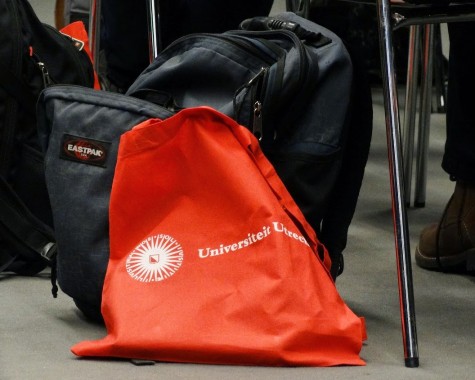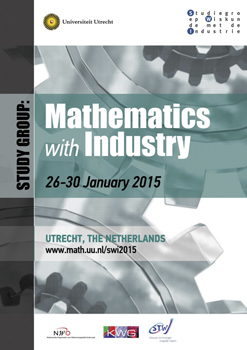
Study Group Mathematics with Industry 2015
SWI 2015 was held 26–30 January at the Mathematical Institute, Utrecht University. Problems were submitted by Philips, SKF, MobiDot, KNMI (Royal Netherlands Meteorological Institute), NMGroup and the Netherlands Cancer Institute.
Organisation committee SWI 2015:
Rob Bisseling,
Martin Bootsma,
Jason Frank,
Ross Kang (Nijmegen),
Tobias Müller — chair,
Alessandro Sbrizzi,
Christian Spitoni,
Paul Zegeling.
The workshop follows a traditional format. Companies present a selection of problems on the Monday. The participants devote the entire week to solving these problems in smaller groups. Each group presents their work on the Friday. Wednesday evening is the conference dinner. On Thursday night there is pizza to fuel preparation of the final presentations.
It is opened by Marjan Oudeman, Chair of CvB UU, on Monday morning at Boothzaal, UBU (Heidelberglaan 3). Working rooms are situated in Hans Freudenthalgebouw (Budapestlaan 6). Closing presentations take place on Friday, back in the Boothzaal.
For more information, consult the final programme (pdf).
For quick travel information, see the UBU travel advice; to help in orientation, here is the UBU building, as viewed from the Heidelberglaan bus stop. If needed, a parking pass may be arranged beforehand by contacting swi2015uu@gmail.com. Many participants stay at the Mitland hotel, which is close to stop Oorsprongpark on bus line 28. Note that eduroam is available all over the campus, but make sure to set this up before leaving your home institution.
| Monday: Introduction day | ||
|---|---|---|
| 09:30 – 10:00 | Arrival and coffee/tea | Boothzaal of Utrecht University Library |
| 10:00 – 10:10 | Opening by Marjan Oudeman (President, Executive Board of Utrecht University) | Boothzaal of Utrecht University Library |
| Tuesday: Kickoff day | ||
|---|---|---|
| 09:00 – 12:30 | Group Discussion | Freudenthal Building |
| Wednesday: Reunion Day | ||
|---|---|---|
| 11:00 – 15:00 | Welcome | Somewhere |
Some photos taken during the event are collected in a gallery. Photo credits due to Margriet Jansz (STW).
The event attracted coverage from RTV Utrecht and Radio EenVandaag:
- “Utrecht is Wakker” (around 39:25).
- “Wiskundeproblemen oplossen bij bedrijven“
- “Wiskunde met de Industrie – tussenstand“
- “Wiskundeproblemen oplossen bij bedrijven: de deadline“
There is an article (in Dutch) in Technische Weekblad.
A popular proceedings has been prepared and is available here (in Dutch).
For all queries, email swi2015uu@gmail.com.
Committee
- Rob Bisseling
- Martin Bootsma
- Jason Frank
- Ross Kang (Nijmegen)
- Tobias Müller — chair
- Alessandro Sbrizzi
- Christian Spitoni
- Paul Zegeling
SWI 2015 News
No news availableCompanies & Problems
NKI – Accurate Dose Delivery for Radiation Therapy: Adapting Treatment to Daily Anatomy
NMGroup – Power Line Route Optimisation in a Finite Spatial Grid
Philips – Patient Adaptive Compressed Sensing
SKF – Statistical Modelling of Mechanical Bearing Life Testing
KNMI – Synchronizing Numerical Models of the Atmosphere to Improve Weather and Climate Predictions
Mobidot – Mobility Profiling from Smartphone Sensor Data: Confidently Know How People Travel
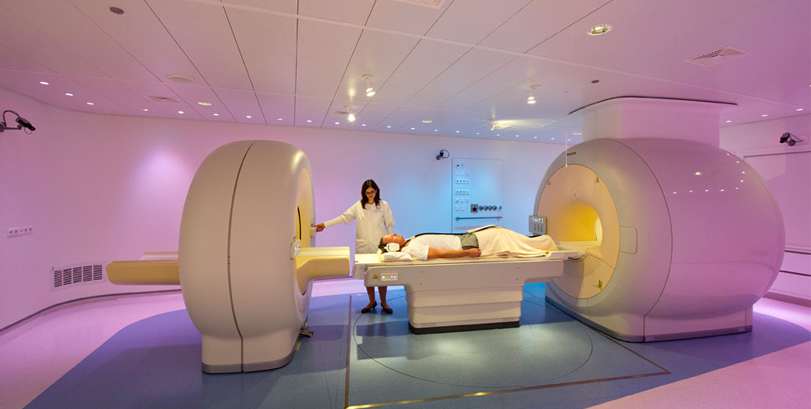

NKI – Accurate Dose Delivery for Radiation Therapy: Adapting Treatment to Daily Anatomy
For radiation oncology, we treat patients with head and neck tumours over the course of 6-7 weeks. This treatment is usually based on one CT scan prior to treatment. We use that as an input for dose calculations in the patient based on a collapsed cone superposition algorithm. To optimise the dose distribution we useView problem details
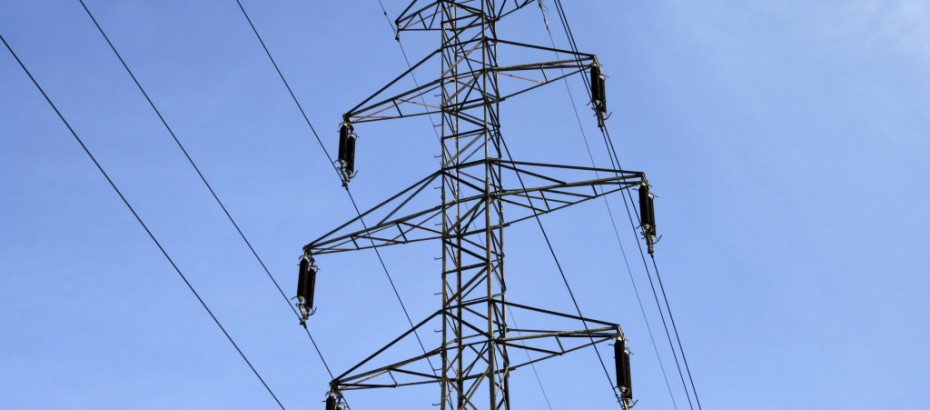

NMGroup – Power Line Route Optimisation in a Finite Spatial Grid
Building new infrastructure such as transmission lines, roads, rail, etc. is always a source of controversy. High voltage transmission lines blight the landscape they are constructed on, bringing social, environmental, and economic detriment to the areas they run through, equally they form the fabric of modern infrastructure enabling efficient transfer of power across the country.View problem details
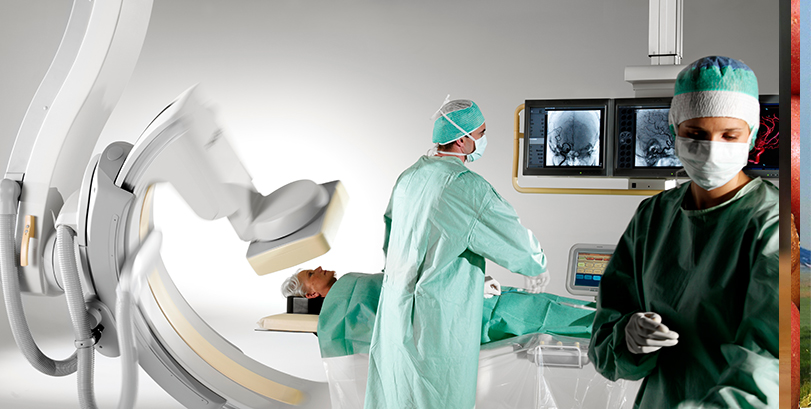
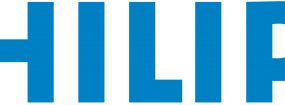
Philips – Patient Adaptive Compressed Sensing
The Problem The sampling density function in Compressed Sensing can best be optimized once the -space density is known for the object under investigation. This is characterized by an MRI scan (fast pre-acquired data set), from which the -space extent is estimated by a Fourier Transform. In addition, the data is acquired with multiple, spatially-localized,View problem details
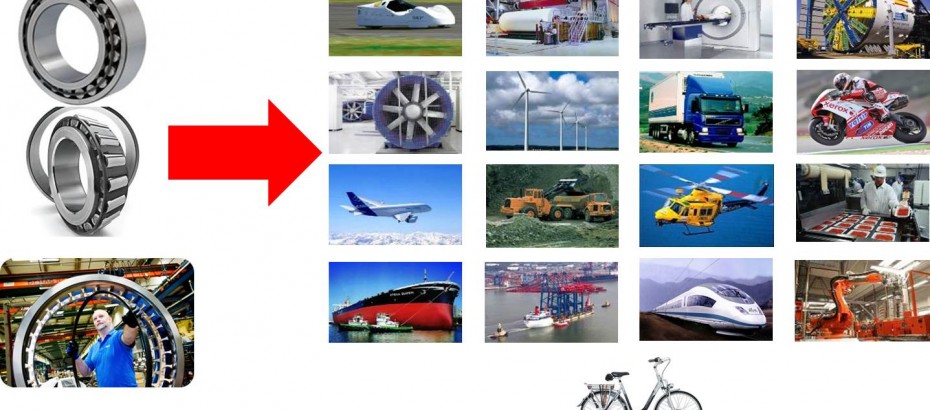
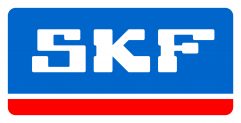
SKF – Statistical Modelling of Mechanical Bearing Life Testing
The goal is to model and optimize bearing life testing time under constraints. The constraints are from various kinds: Number of available test machines (each machine has 2 test positions): Number of life tests to be run: Statistical distribution assumed for individual bearing life: Weibull (,) Assessed precision: the expected maximum ratio between confidence boundsView problem details
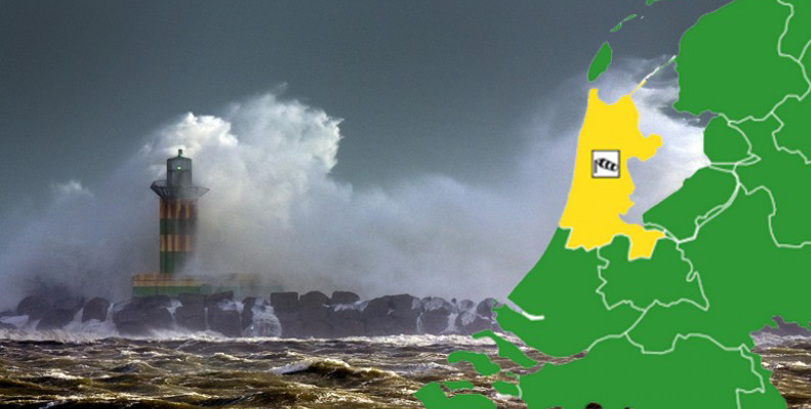

KNMI – Synchronizing Numerical Models of the Atmosphere to Improve Weather and Climate Predictions
Systems as diverse as clocks, singing crickets, cardiac pacemakers, firing neurons and applauding audiences exhibit a tendency to operate in synchrony. The phenomenon that dynamical systems synchronise their behaviour by some form of information exchange is known as synchronisation. In recent years, the concept of synchronisation is being applied in weather and climate research. ObservedView problem details
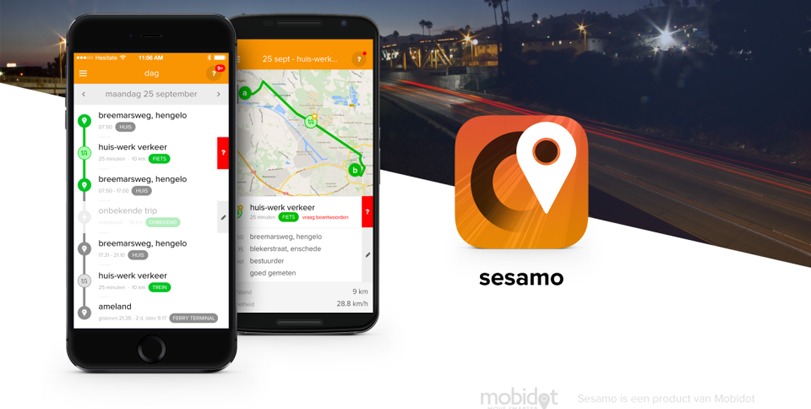

Mobidot – Mobility Profiling from Smartphone Sensor Data: Confidently Know How People Travel
Our SWI problem formulation focuses on advancing the quality of our data derivation. Mobidot infers the route, role, objective, and mode of transportation from Smartphone data. Smartphones possess a variety of sensors, including GPS, mobile telephone (4G) and wi-fi signals, accelerometer-based mode, etc. that can be used to determine the motion and position of theView problem details

